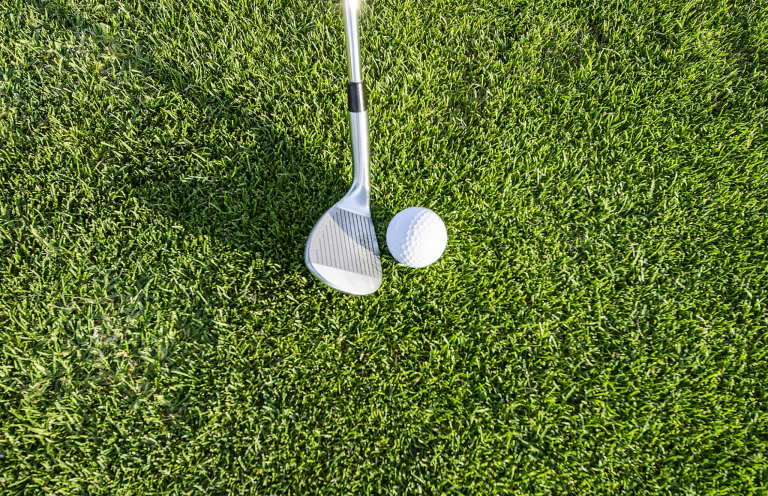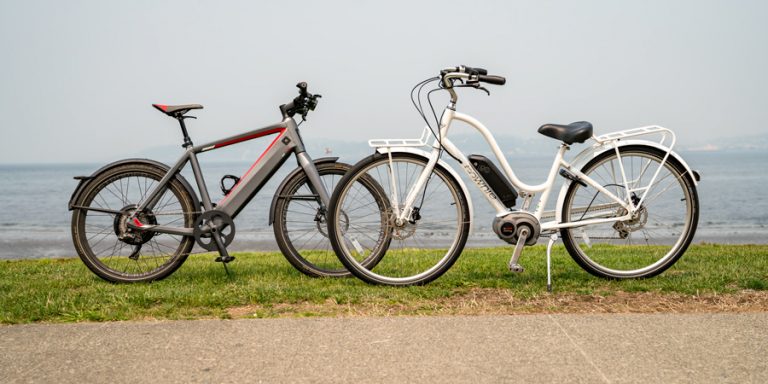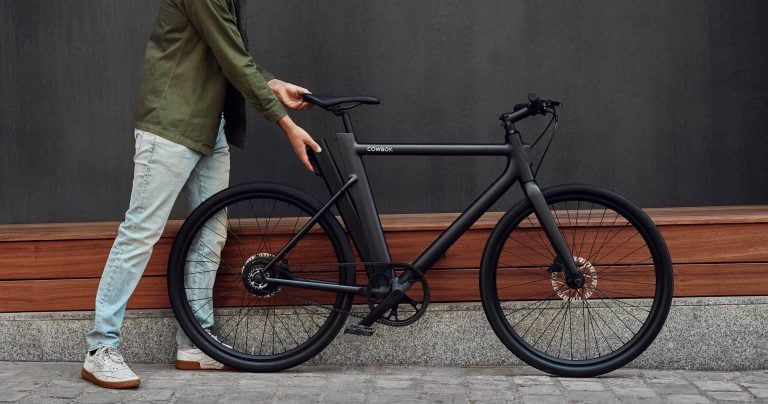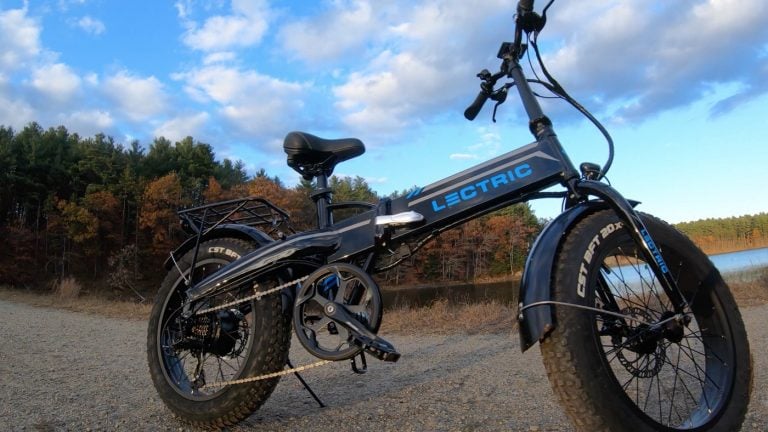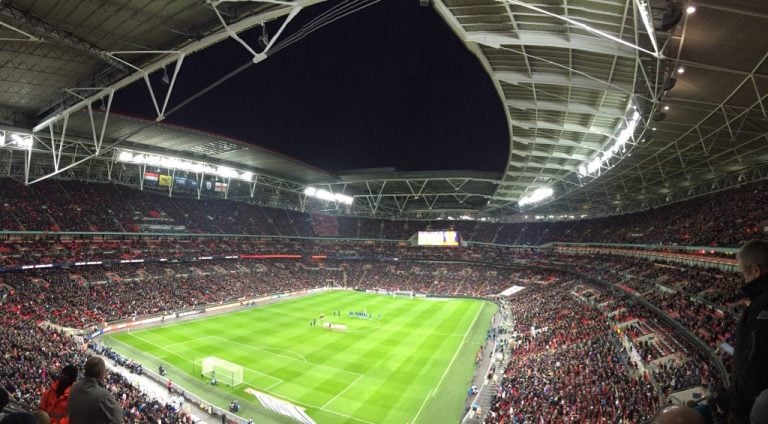How Sports Venues Maintain Their Elite Level Playing Surfaces
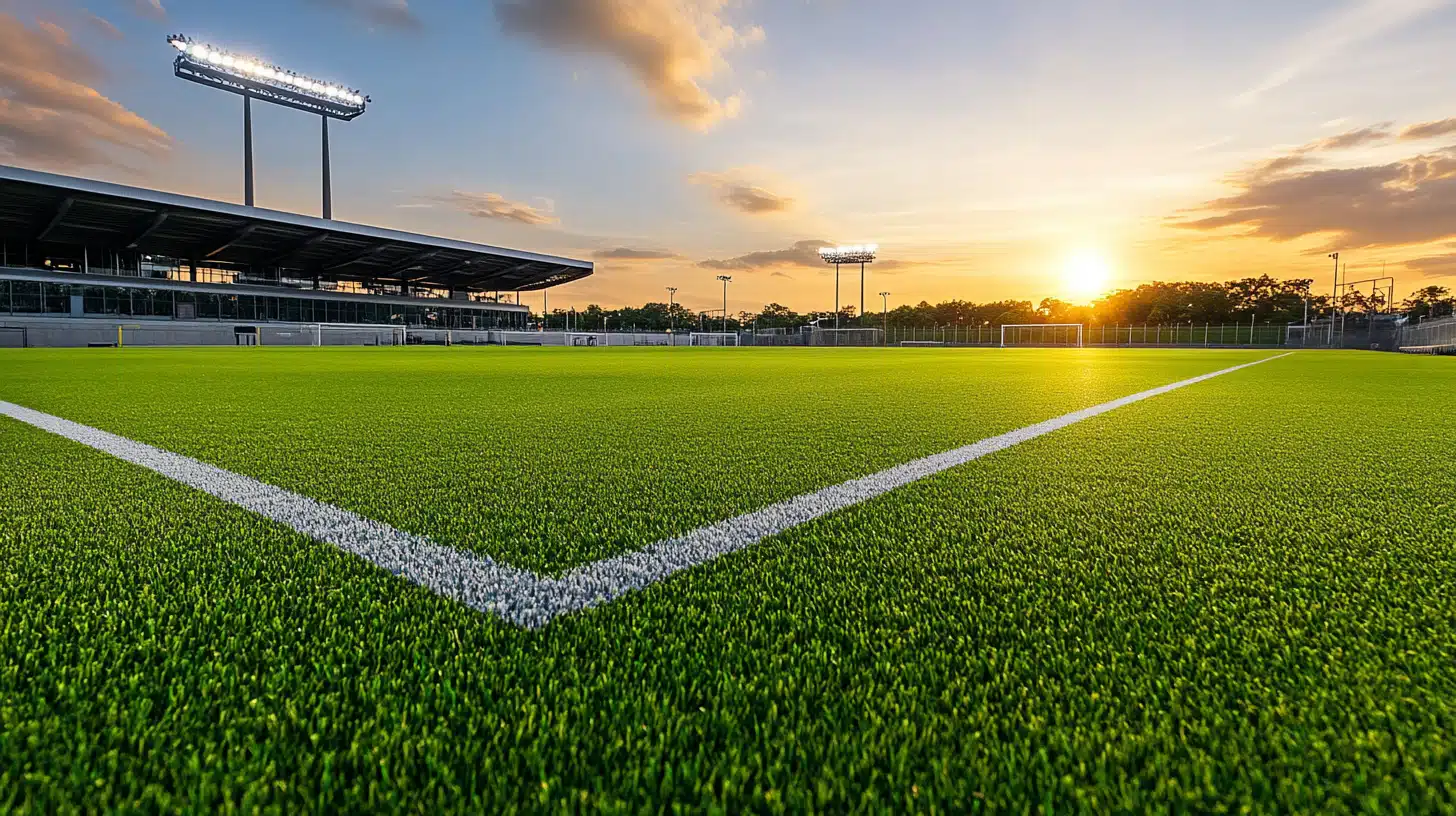
Table of Contents
Sport at the elite level relies on the constant production of exceptional talent and top-standard playing facilities to offer the highest level of competitiveness.
The former tends to come naturally, as people from all over the world are passionate about being involved in the most popular sports. However, the latter requires strict maintenance to stay in line with professional standards.
Here we will look into the routines and procedures that top sports venues around the world have to follow to ensure their athletic fields are permanently in peak condition.
Regulating grass length
Regularly mowing the grass at elite sporting arenas is one of the most important steps in maintaining the surface and the ideal grass height differs between sports.
The 2026 FIFA World Cup, for example, will require all host stadiums to change their surface to natural grass which has to be kept at a level between 25 and 30 millimeters long – tiny but necessary margins for a tournament predicted to be so hotly contested.
The sports betting odds for the competition suggest there is nothing to split the joint +550 favorites, France, Brazil, and Spain, with England also seen as a serious candidate according to the Paddy Power blog. Whatever happens, the fixtures must be competitive and intense, and strictly regulating grass length is just one factor that will contribute to the team’s enacting their styles on the field.
? 19.07.2026.
?️ New York New Jersey stadium.Two years to go until the #FIFAWorldCup Final. ? pic.twitter.com/hVOVLCom4Q
— FIFA World Cup (@FIFAWorldCup) July 19, 2024
Other sports like football have similar grass length requirements to soccer, while baseball for example has different guidelines for various areas of the field. The ideal mowing length for the ball game is 38mm to 63mm for the outfield, with the infield having a shorter lower limit of 25mm.
All sports will ultimately have different requirements in terms of units, but the same routine of cutting to a pre-determined length regularly applies to all of them.
Watering and cleaning
Besides altering the depth of the grass, it is also crucial to ensure the surface is sustainable for each long season of play. This can be achieved by several methods including watering the grass, although the frequency that is done needs to be based on environmental factors.
Venues typically monitor their grass moisture levels regularly to understand when and for how long to activate their sprinkler systems. Most elite-level sports fields have excellent drainage systems too – including Liverpool FC’s Anfield Stadium – that can remove moisture from the grass in times of high rainfall.
Regular cleaning is also crucial as thatch and loose material must be removed to ensure the surface is flat. This can be done by a koro machine that automatically picks up all of the loose grass, but manual raking is important too to remove dead material from beneath the surface.
Resowing and fertilizing
Resowing and fertilizing are vital aspects of rejuvenating an athletic field following the effects of a long season.
The Wembley pitch, just shows what a pitch goes like when it’s over used, even with all the newest technology and best machinery available.
Makes you realise what a great job some part time/ voluntary groundsman do on limited resources and time with the same usage if not more ?? pic.twitter.com/XcEpOY6bGm— Ben Kay (@ben_kay8) October 28, 2018
Resowing generally revolves around overseeding which is essentially fresh grass being planted on top of the existing surface, and it can take up to six weeks for the roots to develop.
Fertilizing follows once resowing is complete, it typically involves a slow-release fertilizer with high nitrogen content being released into the grass. This ensures that the grass will grow quickly to ensure it can be mowed regularly while remaining healthy during lengthy seasons.
Some sports clubs may have their own customized methods when it comes to maintaining the high standards of their home athletic fields, but here we have covered the crucial steps that have to be incorporated into the maintenance of all-natural grass venues. These are important not only to promote high-level performance but also to prevent injury to competitors.


